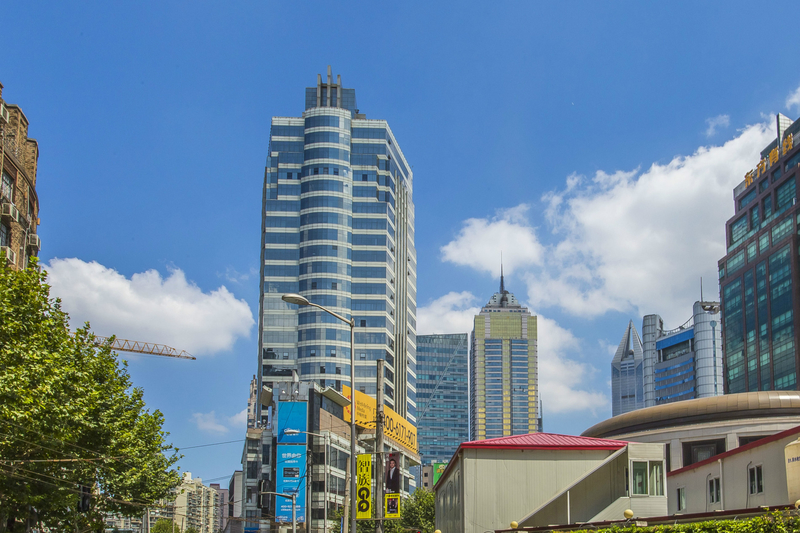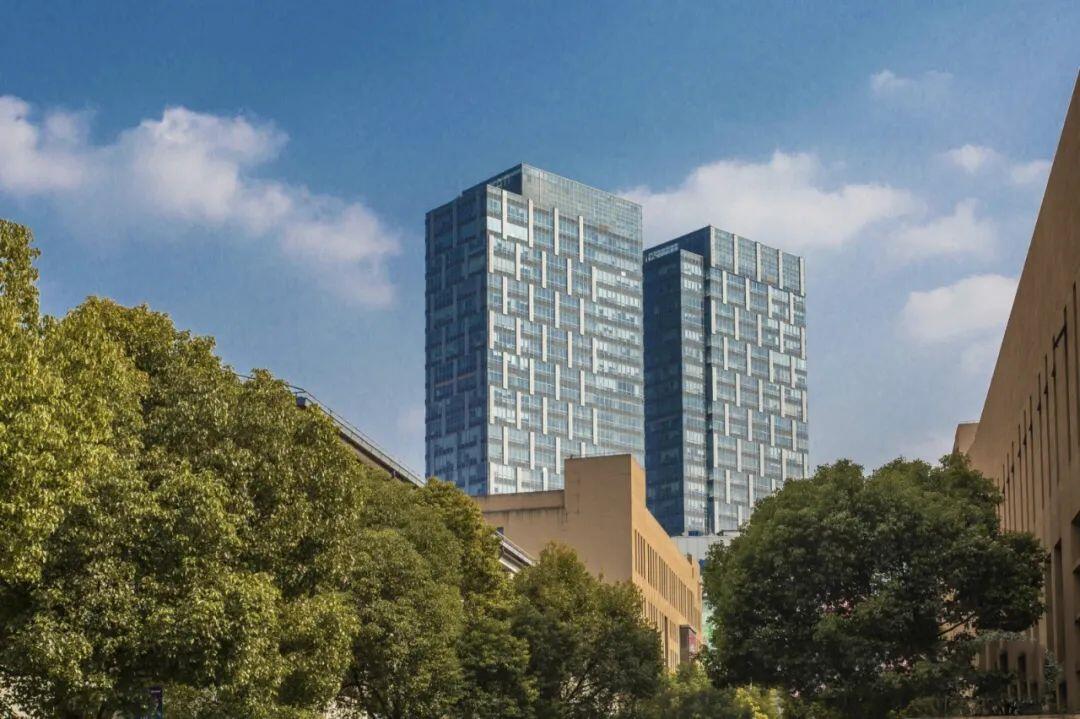General office building occupancy rate
The shared area of general office buildings is relatively small (corridors, elevators, etc.), so the occupancy rate is decent, ranging from 68% to 78%, right! For example, some old office buildings in Shanghai, such as Huaihai Zhonghua Building, Zi’an Building, Alacheng, etc
Office building occupancy rate
Due to the large shared area of office buildings (corridors, elevators, etc.), the occupancy rate is not very high, ranging from 60% to 68%, right! For example, the International Shipping Finance Building, Future Asset Building, Cross Ocean Plaza, and so on
General office building occupancy rate
65-75
What is the occupancy rate for commercial buildings with office space in shopping malls
There are no specific regulations, but in order to ensure the completeness of elevators and toilets in Grade A office buildings, it is generally between 25% and 40%. Of course, there are also some office buildings with shared areas as high as 50% or even higher, and some office buildings have a high gift area, which may be less than 25%.
Like the office buildings above the shops you mentioned, many office buildings adopt this model. Taking Chengdu as an example, the older Tongrui International has a shopping mall downstairs, and the closer ones are Central Plaza. The newer ones are IFS, Evergrande, and so on. I feel that older stalls may be smaller, but in recent years, stalls that have been repaired have accounted for 30% to 40%!
In the process of leasing office buildings, the issue of occupancy rate is often encountered. What does occupancy rate mean
Housing acquisition rate: refers to the ratio of the area available for residents to dispose of (i.e. the interior building area) to the building area per household (i.e. the sales area).
Calculation method:
Interior building area=interior usable area+interior wall area+balcony area
Sales area (also known as suite building area)=interior building area+shared common building area (commonly known as “shared area”).
The home acquisition rate is an important indicator for buying a house. When calculating the area of a house, the building area is taken into account, so the occupancy rate is too low and not cost-effective; Too high, inconvenient. Because the higher the occupancy rate, the less space there is in the public area, and residents may feel depressed. Generally, a occupancy rate of around 80% is more suitable. The public areas are spacious and spacious, and the shared area is not too much, making them more affordable.
The occupancy rate for typical multi story buildings is 88%, for high-rise buildings it is 72%, and for office buildings it is 55%.
What is the typical occupancy rate for commercial properties? Do you have 90%
The occupancy rate of commercial properties, also known as the occupancy rate, refers to the ratio of the usable area to the total construction area, which is the actual proportion that can be used. There is no explicit legal regulation on the occupancy rate of commercial properties. Residential properties should pay attention to the occupancy rate, while commercial properties generally do not value the occupancy rate.
The occupancy rate of general shopping malls is around 50%. If there are low rise (main floor height) shops, along the street, etc., the occupancy rate will be higher, around 70%. The investment in shops tends to be more inclined towards the construction of public facilities, namely public sharing, compared to residential buildings. Only by creating a comfortable consumption environment can the flow of people be large and the investment value and significance of shops be reflected. Forcibly demanding a high occupancy rate for commercial properties and understanding them with the concept of residential properties in one’s mind is incorrect thinking. Assuming that the occupancy rate of a shopping mall is 80%, the public area is very small, and the stalls and shops are closely related, imagine how many people still flow and are willing to come shopping? A low occupancy rate can better create a comfortable shopping environment and meet the consumption preferences of shoppers. Therefore, the more shopping malls there are, the more public spaces they will have.
Is it better to have a higher occupancy rate for office buildings
The occupancy rate of a typical office building is around 65% -70%
The ‘home acquisition rate’ affects the usable area of the purchased residential property and measures the comfort level of the property during use. However, when choosing the numerical value of “housing acquisition rate”, one should not blindly choose high values, but should comprehensively consider the actual situation.





